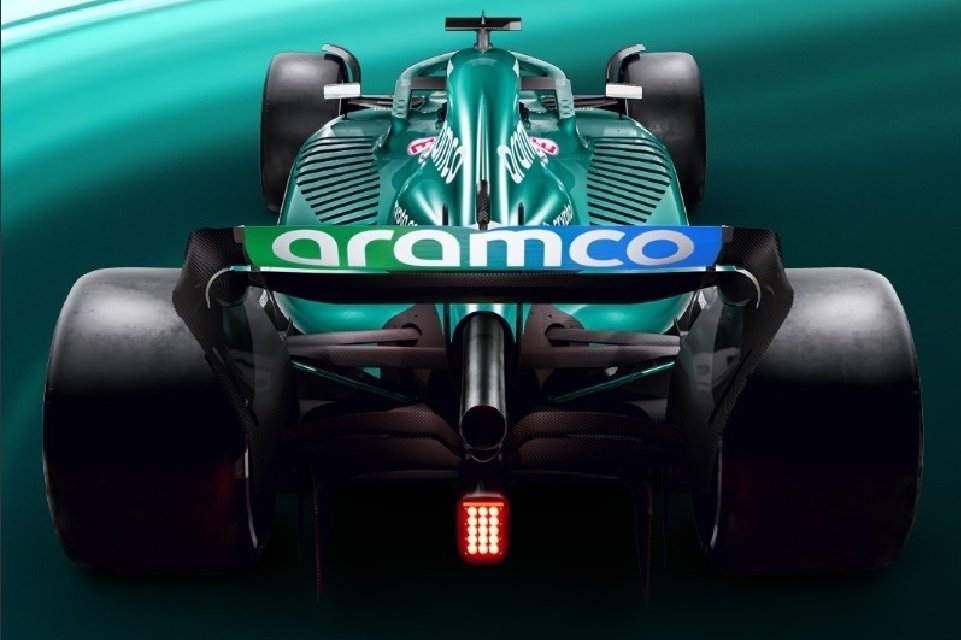
Aston Martin says new F1 engine regulations on the horizon and its partnership with Aramco will encourage it to "investigate" the benefit of building its own power unit in the future.
F1's current engine cycle will extend until the end of 2025, with a new regulation platform beginning from 2026.
While the sport will retain its current 1.6-litre V6 hybrid format, it will eliminate the costly MGU-H component from its unit while increasing the latter's electrical output to 350 kW.
The future engine's blueprint coupled with a power unit cost cap has attracted the interest of the Volkswagen Group, with both Porsche and Audi mulling entering F1 from 2026 as engine suppliers.
Aston Martin chief technical officer Andy Green says it would only be logical for the British manufacturer - whose F1 team is currently powered by Mercedes - to study the feasibility of producing its own engine.

"I think going forward with our ambitions I think we’re definitely investigating power unit supply in the long-term," said Green, speaking at Thursday's launch of Aston AMR22.
"2026 is mooted as a new power unit regulation and I think as a team we’d love to be involved.
"We have Aramco now involved as a sponsor and I think we'll have conversations going forward in the next years, we’ll see.
"I’m sure we’ll be looking at it in great detail and understanding whether there’s a benefit to us moving in that direction."
Formula 1 has frozen engine development for the next four seasons, with component upgrades only authorized by the FIA on the grounds of reliability concerns.
However, the sport has switched to E10 fuel for this season, a grade that blends 10 per cent ethanol with 90 per cent fossil fuel. But Green says the change is only a "minor alteration" compared to the regulation overhaul that has guided chassis design.
"The power unit has minimal changes really from ’21," he said. "It’s probably the single area of the car that’s had the least amount of change from ’21 to ’22.
"We’re still sort of in a homologated region of power unit. The power unit has been developed to take E10 fuel for 2022 so it had to be recalibrated and the fuels re-blended.
"But that’s not a significant alteration. It’s common power unit amongst all the [Mercedes-powered] teams, they’re still only producing one power unit for everybody. So I don’t think that was a big issue for them."
Gallery: The beautiful wives and girlfriends of F1 drivers
Keep up to date with all the F1 news via Facebook and Twitter






